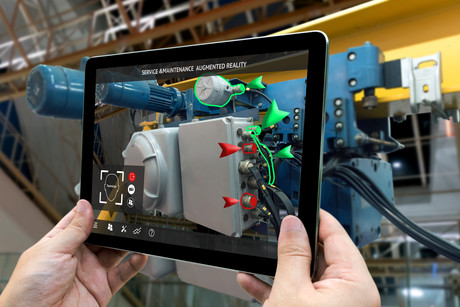Is there a standard for smart manufacturing?

Waiting for smart manufacturing standards to develop before implementing the Industrial Internet of Things into your operations may not be the most productive choice.
Smart manufacturing is called different things in different countries: Manufacturing USA (United States), Industrie 4.0 (Germany), China 2025 (China) or Industrie du Futur (France). The UK, Sweden, Japan, Korea and India all have country-specific efforts as well.
What do these initiatives have in common? They are all:
- creating a vision for smart manufacturing;
- using the power of digitalisation to help manufacturers reduce capital expenditures, improve time to market, reduce inventory and improve productivity;
- extending existing standards to realise the vision.
The last point is an important distinction: these initiatives are not creating new standards — they are classifying how best to use existing standards.
That means the groundwork for smart manufacturing, Industry 4.0 and other initiatives is being done in standard developing organisations such as the IEC, ISO, ISA, IEEE and the OPC Foundation. These organisations are where the influence starts and leadership takes hold.
This is particularly important as thought leaders prepare for the G20 Digital Economy (or Group of Twenty) in August. This international forum for governments from 20 major economies is host to high-level discussions of policy issues pertaining to, among other things, global economic growth.
On the agenda is digital technology. Countries and companies around the world are eager to adopt digitalisation strategies because it levels the playing field for smaller companies, allowing them to reap the same benefits as larger firms, and remain globally competitive and relevant.
This means if you look only at one country’s initiative, you’ll have a limited view of the global movement. You must look at global standards to understand global impact. So rather than the name of the initiative that differentiates the work, it’s the standards behind that initiative that make the difference.
The time to start is now
For organisations hesitant to start their journeys to smart manufacturing, don’t wait until new standards are complete to get started.
Industrial Internet of Things (IIoT) standards (I4.0) will take time to come to the ideal state in which data flows seamlessly among multivendor applications and devices. But rather than see that as a reason to delay, I see that as a reason to start now.
Industry is slow to adapt to new technologies, mostly because replacing existing assets with new, smart manufacturing versions can be complex and take time. The transition should take place in phases.
Smart manufacturing is not a moment in time. A good strategy thinks about how to use current standards to facilitate change that matters today — and support future evolution. In the case of digital industrial technology, the highest priority is connectivity — or connecting assets throughout the enterprise. This is the first step in realising the value of the cloud and big data. Then, the next priority is cybersecurity, or helping confirm information shared via the cloud is secure from outside threats.
Why it matters
Digitally connected organisations will be able to capitalise on the best of the international standards that define smart manufacturing today. National initiatives and industry consortia are monitored and enhanced so that it will be possible to incorporate the best of future international standards as they emerge.
That’s going to be important when we talk about another aspect of smart manufacturing: speed.
Speed is a challenge for everyone. International standards that support operations technology (OT) are mature and can take a few years to evolve. In IT, the timing is more in months. Like apps on your phone, there’s always something new. By the time a standard can form around it, there’s something newer.
Constant incremental change
Initiatives need to be agile enough to address emerging trends and technology.
Right now, that’s not the case. Industry 4.0, for example, plans to release yearly updates on its interfaces and relevant standards, but is probably five years from describing the requirements for compliant products. That doesn’t seem realistic, because we just don’t know what our IT and OT landscape will be in a year, much less five. Some applications in the IT space will evolve, gain acceptance and become absolute within five years.
It’s smart to look for and implement improvements continually. The goal is to sort through standards, apps and services to find the right ones for right now and to constantly assess using a cost-benefit analysis. That’s how you determine where you can make the biggest impact for manufacturing — and find the next opportunity for improvement.
Harnessing the power
In just the past few years, industry has harnessed never-before-seen levels of processing power, mobility and visualisation. We now can get any information we need, from anywhere and at any time.
Standardisation is working behind the scenes, and we continue to align. A well-connected enterprise with standards to support it can achieve smart manufacturing in whatever terms you want to use: Manufacturing USA, Industrie 4.0, China 2025 or Industrie du Futur.

Originally published here.
Avoiding EMC issues: simple tests you can do yourself
This is a brief overview of EMC compliance with some practical tips on not getting caught out.
Electric dump valves help oil and gas company reduce emissions
Oil and gas company Laramie Energy deployed ASCO zero-emissions electric dump valves to comply...
Australia's largest electronics expo returns to Sydney
Electronex, the annual electronics design and assembly expo, will return to Sydney on 19–20...




